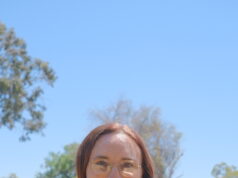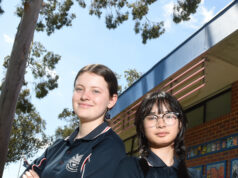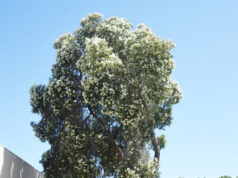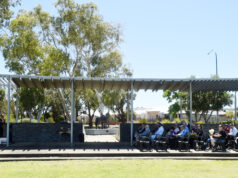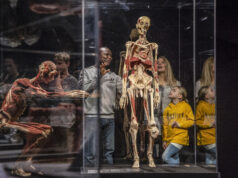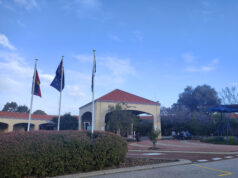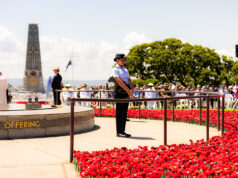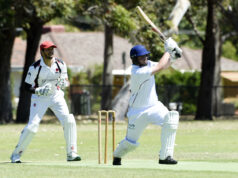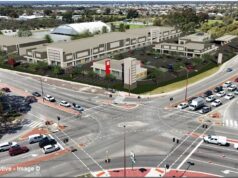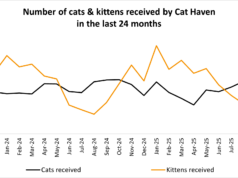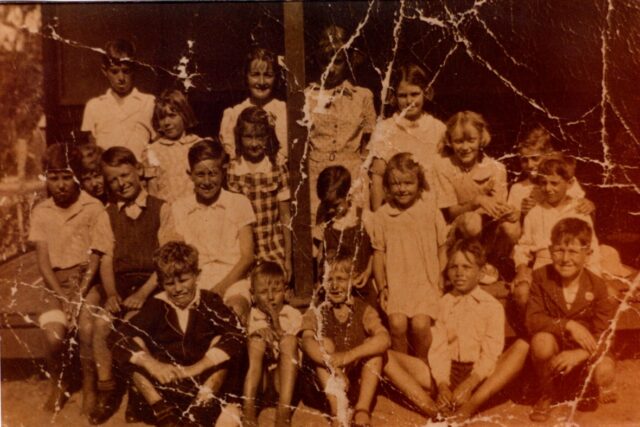
On Saturday the Hopeland community, and generations of expats, will gather to celebrate the 100-year reunion of the old Hopeland school.
Hopeland district began as a part of Western Australia’s Group Settlement Scheme – a 1920s ploy to fatten the state’s population and labour force with British migrants, and clear large tracts of land in the south west for dairy farming, engineered by Premier James ‘Moo-cow’ Mitchell.
Communities of between 12 and 20 families built farms on parcels up to 60 hectares in size. Hopeland, formed on the Peel Estate in 1923, was group number 46.
With so many new (and growing) families, correspondence was soon sent to government to request a school be built to educate up to 60 settler children from Hopeland and neighbouring groups.
The original Hopeland school was a two-roomed building (one classroom and a teacher’s residence) and was opened in June 1924.
It is assumed that Mr and Mrs Chambers Thompson resided in the teacher’s quarters; Mr Thompson taught in the original school from 30 June 1924 to 17 February 1928.
Less than four years after it opened it was closed for want of students and the classroom was carted down to Harvey to be used for home science and manual training.
“We are led to believe that it accidentally burnt down in the early 1960s,” said Jan Johnson and Sue Mead, who published a brief history of the Hopeland school for its 70th anniversary.
The teacher’s quarters were removed and re-erected at the Serpentine School in 1928.
Education was completed by correspondence until the community again wrote to the education department to request the school be reopened.
From 1930 to 1935 the school was housed in a church hall on the corner of Hopeland and Penrak Roads, until a one-roomed building was constructed at what is now 289 Hopeland Road, which was officially opened on April 17, 1935.
Over the course of the next half a century, over 300 children received an education within those four walls.
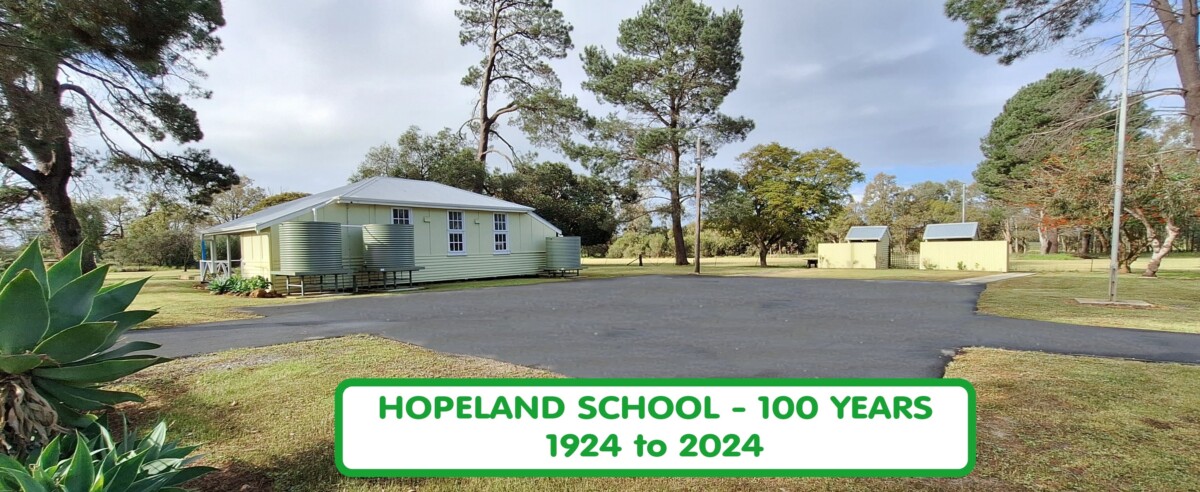
“As well as being the school, it was the hub of the district for dances and social gatherings,” Sue and Jan said.

“The Hopeland school building is the only group settlement school building left in the Shire of Serpentine Jarrahdale.”
When the school was again forced to close because of dwindling student numbers in December 1978, the Hopeland Progress Association was formed to continue maintaining and using the old school building for community gatherings.
The Hopeland Community Association began in 1981 and is still current today.
“Each Christmas, a reunion christmas tree continues to be held at the old school building with many ex-students of Hopeland and their families attending, as well as the current residents of the Hopeland district,” Sue and Jan said.
“The Hopeland Community Association continues to use the historic building and also helps to maintain it, while keeping our district on the map.”
In 2022, the current government fulfilled an election promise to fund the renovation of the building, improving accessibility, and helping to preserve this significant piece of history for generations to come.
Saturday’s reunion, organised by the Hopeland Community Association, will begin from 10.30am. Tea and coffee will be available and an updated edition of the school’s history will be available alongside reunion mugs.
A time capsule from 1994 will be opened on the day, and a commemorative cake will be cut at 2pm.
Everyone is welcome to attend, and guests are asked to BYO picnic lunch, chairs, and memorabilia to add to the historical displays.




